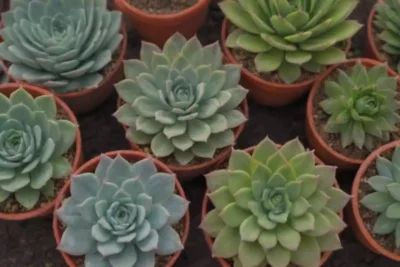
Uncovering the Most Common Misconceptions About Succulent Colors
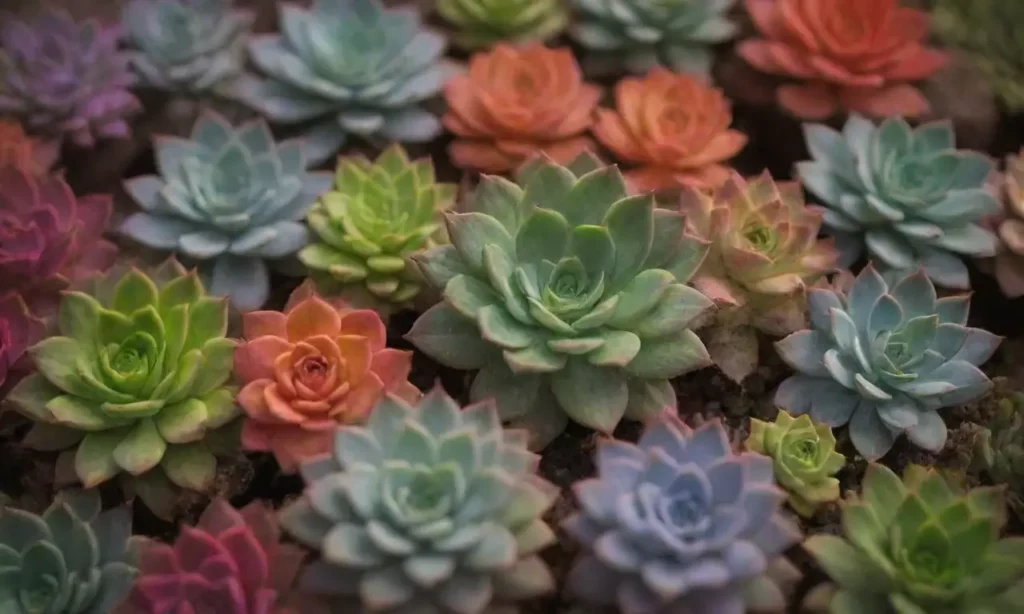
Introduction
Succulents are fascinating plants that have captured the hearts of many gardening enthusiasts around the world. Among their many enchanting features, the most captivating is often their coloration. Ranging from deep greens to vibrant reds and purples, succulents offer a kaleidoscope of hues that are not just aesthetically pleasing but also serve vital functions in plant health. However, a variety of misconceptions exist regarding how these colors develop, change, and are affected by environmental factors.
This article aims to unravel these common misconceptions, providing detailed insights into succulent colors, what they signify, and how to successfully care for these charming plants. With a deeper understanding, plant lovers can appreciate the beauty of succulents while fostering a healthy environment for them to thrive.
The Color Spectrum: Understanding Succulent Hues
Succulents exhibit a wide range of colors, including deep greens, striking reds, shades of blue and gray, and vibrantly patterned varieties. The colors of succulents primarily stem from pigments, including chlorophyll, carotenoids, and anthocyanins. Each pigment plays a crucial role in how the plant interacts with light, photosynthesis, and even its overall appeal.
Chlorophyll is the pigment most commonly associated with the green color we observe in many succulents. It is essential for photosynthesis, allowing plants to convert sunlight into energy. However, the observation that all green succulents are equally hardy is a misleading assumption. Different species have varying tolerances to environmental stressors, and many may appear dull in color if overwatered or lacking light.
The reds and purples observed in succulents can be attributed to anthocyanins, a pigment that often acts as a protective mechanism against excessive light and UV radiation. This leads to a common misconception that vibrant coloration indicates a healthy plant. While beautiful shades can be indicative of a succulent’s ability to thrive in bright conditions, it’s crucial to recognize that not all red or purple succulents are necessarily in robust health; factors such as stress or inadequate watering can also intensify pigmented hues.
Furthermore, succulents can change colors in response to their immediate environment, leading to the common belief that a change in color is always associated with poor health. Fluctuating light conditions, temperature, and even watering schedules can cause succulents to exhibit different shades. Understanding that color variability can be a normal response to environmental changes is essential for any succulent caretaker.
Environmental Factors Influencing Coloration
One of the critical elements affecting the coloration of succulents is their growing environment. As we delve deeper into the environmental factors, we will explore how watering, sunlight exposure, and temperature influence succulent colors and dispel any surrounding myths.
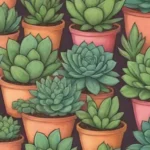 Colorful Succulents: Discovering Nature's Rainbow-Hued Beauties
Colorful Succulents: Discovering Nature's Rainbow-Hued BeautiesSunlight Exposure and Color Changes
Succulents, like all plants, require light for photosynthesis, but the amount and intensity of that light significantly impact their coloration. Many people believe that the more sunlight a succulent receives, the healthier and more colorful it will be. While succulents are generally drought-tolerant and prefer bright conditions, this is not universally true for all varieties.
Too much intense light can lead to a phenomenon known as sunburn, where the leaves become scorched, ultimately leading to brown and crispy edges. This leads to the misconception that any succulent with brown spots or fading colors is simply “adjusting” when in fact it might be a sign of overexposure to sunlight.
Conversely, during the winter months, many succulents experience a period of dormancy. Inadequate light during this time can lead to etiolation, a condition where the plant stretches toward the light, resulting in elongated, weak stems and lighter coloration. This misconception around a succulent’s growth during dormancy often leads to misinterpretation of their needs, leading caretakers to assume the plants are devoid of life rather than just resting.
Watering Practices and Their Impact
Another influential factor in succulent coloration is watering. The assumption often made is that succulent leaves should always appear plump and vibrant. While healthy leaves tend to have a firm and hydrated appearance, prolonged or incorrect watering can lead succulents to either become overhydrated or under-hydrated, both of which affect the plant's color.
When succulents receive too much water, they may exhibit a phenomenon called “leaf rot,” resulting in leaves turning mushy, brown, and ultimately opaque. The common misconception here is that leaves fading to a lighter hue from excessive watering is just a natural process; in fact, it may indicate a health crisis. On the opposite end of the spectrum, under-watered succulents may display shriveled, dull leaves that are far from their usual vibrant state.
An essential point to note is that different succulent species have distinct watering needs based on their origin and habitat. This misconception about uniform watering practices leads many caretakers to offer one-size-fits-all solutions. Understanding each plant’s unique hydration requirements will lead to better color retention and overall vitality.
Temperature: The Color Catalyst
The temperature at which succulents are grown is also a vital determinant of their coloration. Many enthusiasts believe that all succulents thrive best under warm conditions, making the assumption that cooler temperatures are detrimental. However, several species actually require a period of cool temperatures, often below 50°F (10°C), to flourish and invoke brilliant coloration come spring.
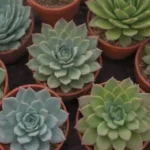 Surprising Color Combinations with Succulents and Other Plants
Surprising Color Combinations with Succulents and Other PlantsMany succulents also change their leaf colors due to temperature shifts. For instance, some might develop stunning red or purple edges when exposed to cooler night temperatures, granting them an additional layer of liveliness. This typical seasonal shift is often misconceived as a sign of stress or inadequate care when in reality, it symbolizes a temporary and natural adaptive response.
Soil and Nutrients: The Often-Ignored Aspect
Lastly, the soil composition and nutrient availability can significantly impact a succulent's color. Many gardeners believe that all soil is created equal, leading them to overlook the importance of well-draining substrates that are ideal for succulents. Soil that retains too much moisture can create unfavorable conditions for healthy root systems while lacking vital nutrients may also factor into poor coloration.
Additionally, the choice of fertilizer impacts succulent color. Many gardeners mistakenly believe that a high-nitrogen fertilizer will enhance leaf pigmentation. However, using a balanced fertilizer designed for cacti and succulents can promote richer colors and overall plant health.
Conclusion
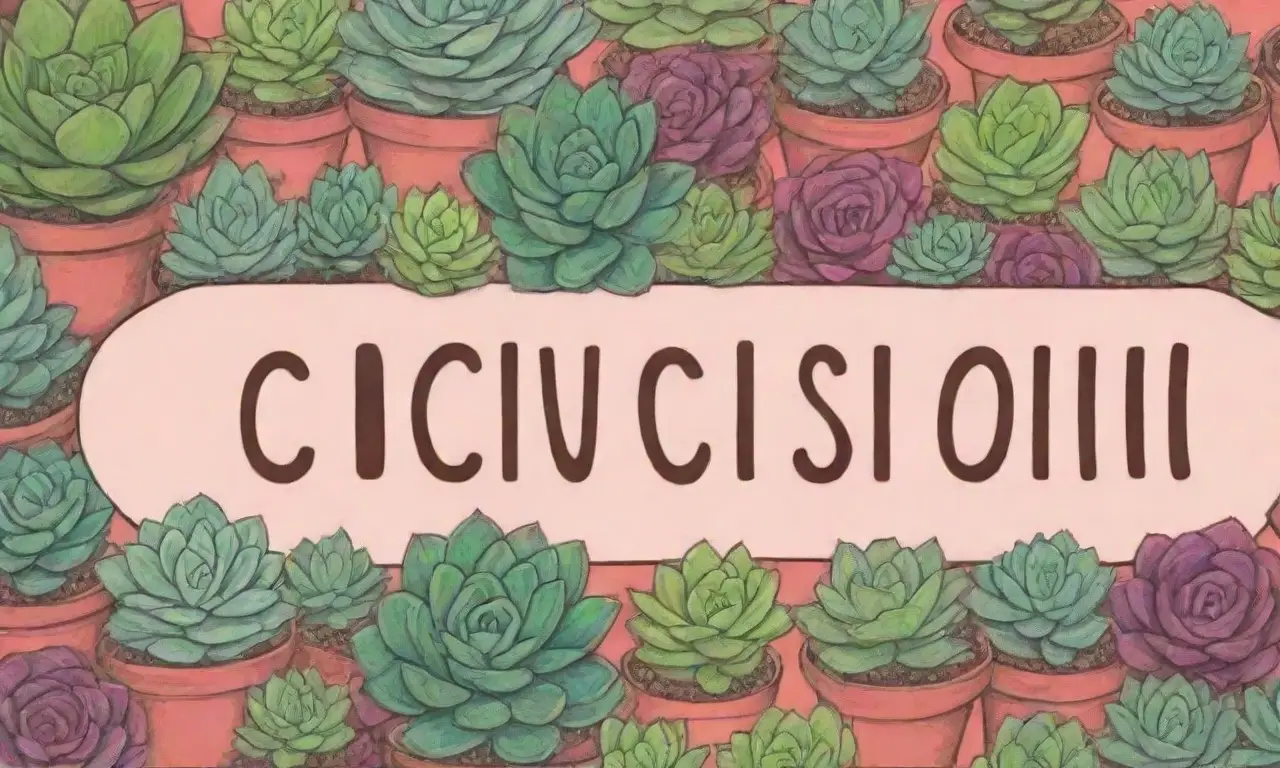
In summary, the world of succulent colors is far more complicated than many casual gardeners realize. By understanding the scientific principles behind plant pigments and how environmental factors influence coloration, enthusiasts can better care for succulents and avoid common pitfalls. Advancing our knowledge about the subtle interplay of light, water, temperature, and soil will not only debunk many prevalent misconceptions but also enrich the experience of growing these remarkable plants.
In the realm of gardening, especially with succulents, the key lies in careful observation, adaptability, and an informed approach. Taking time to understand the specifics of each succulent variety can lead to thriving plants that will fill gardens and homes with vibrant color.
Ultimately, an informed gardener cultivates not only beautiful plants but also a deeper connection to nature, fostering appreciation for the myriad factors that contribute to the intricate world of succulent colors. After all, nature is a canvas, and succulents are among its most delightful brushstrokes. Embrace their colors, understand their needs, and take joy in the journey of growth!
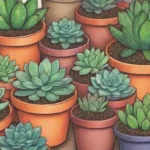 A Guide to Rare Succulent Colors: Expanding Your Collection
A Guide to Rare Succulent Colors: Expanding Your CollectionIf you want to read more articles similar to Uncovering the Most Common Misconceptions About Succulent Colors, you can visit the Color Variations category.

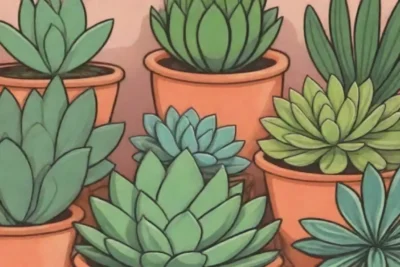
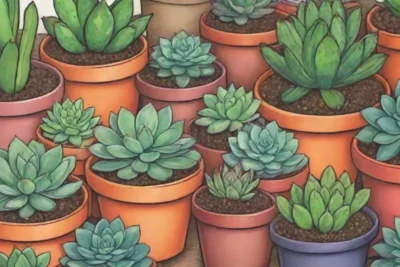
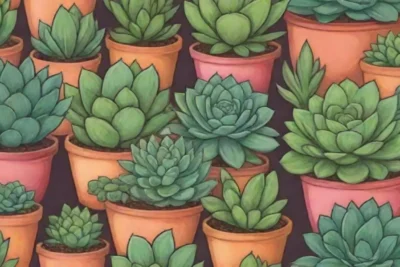
You Must Read